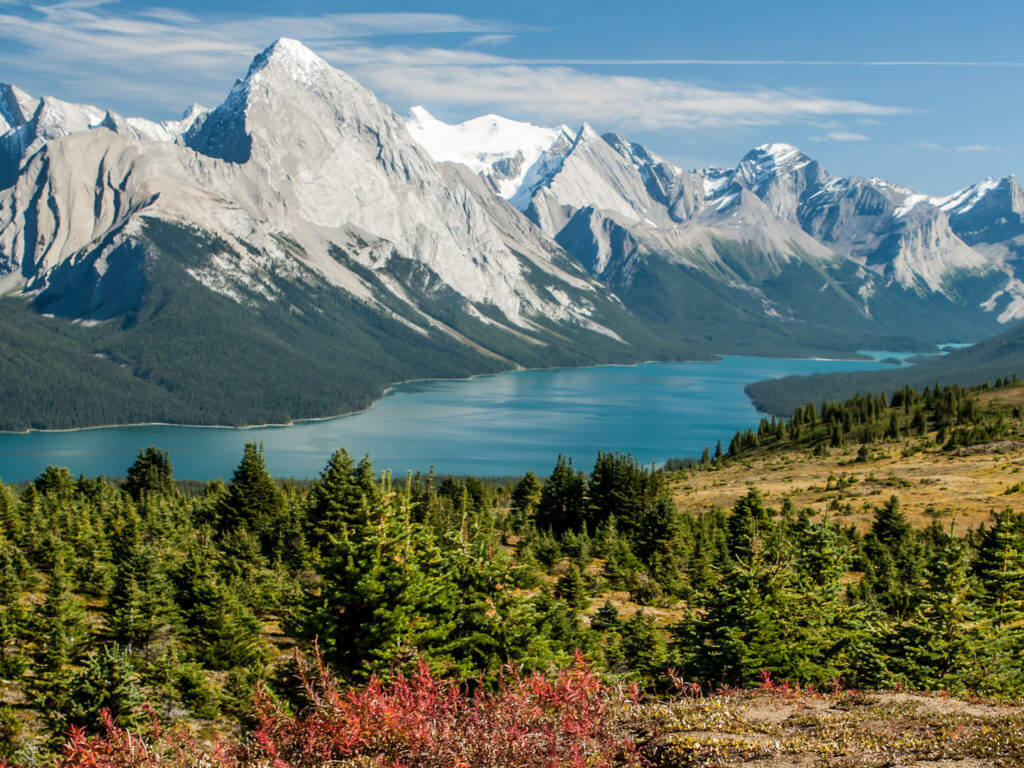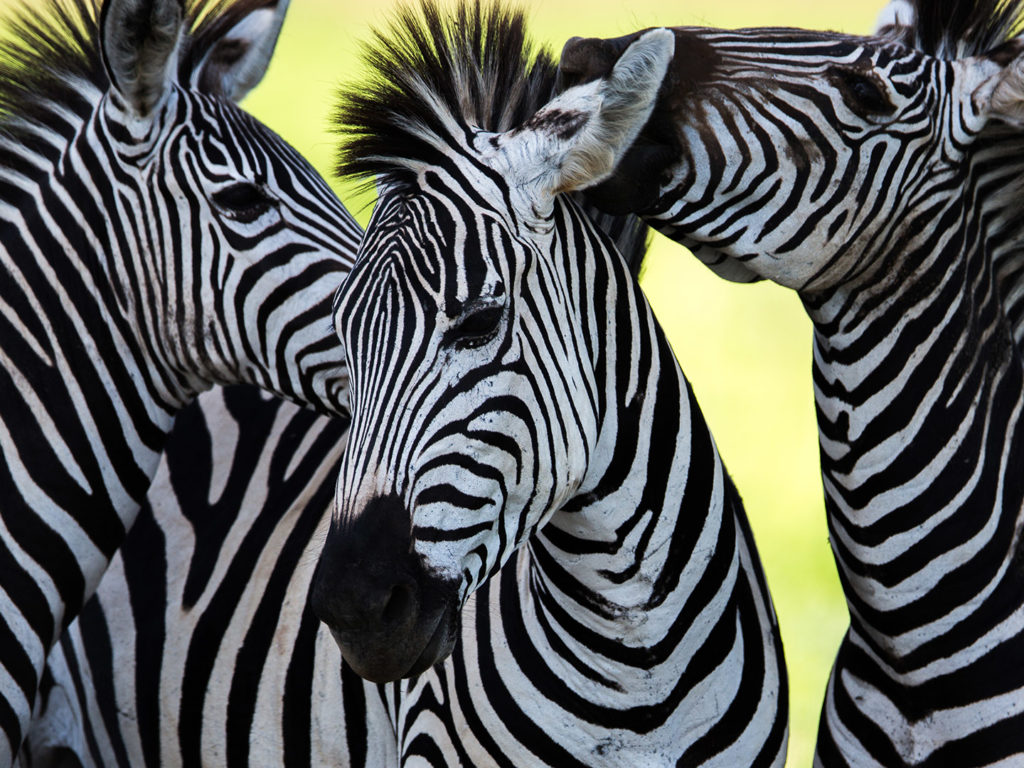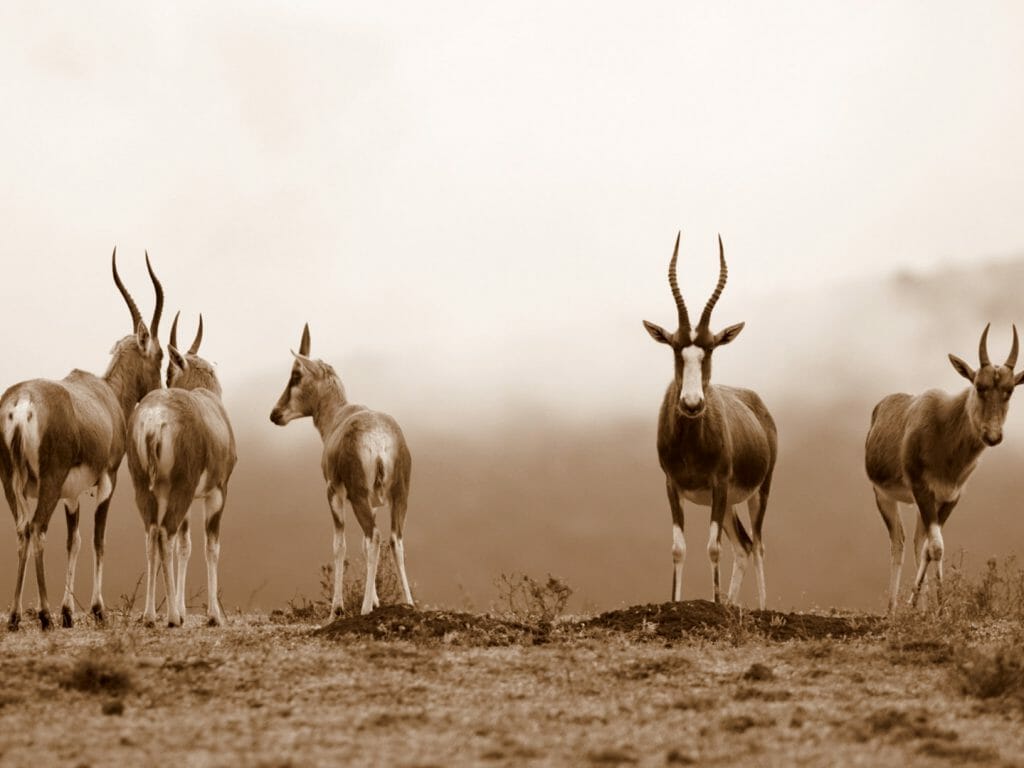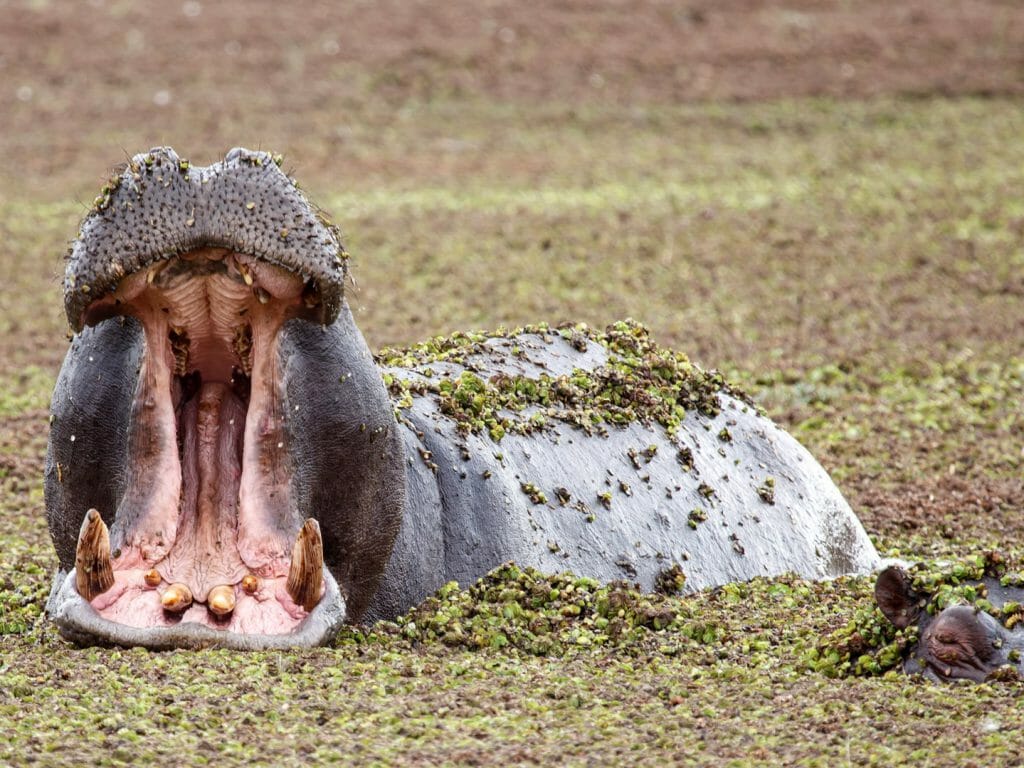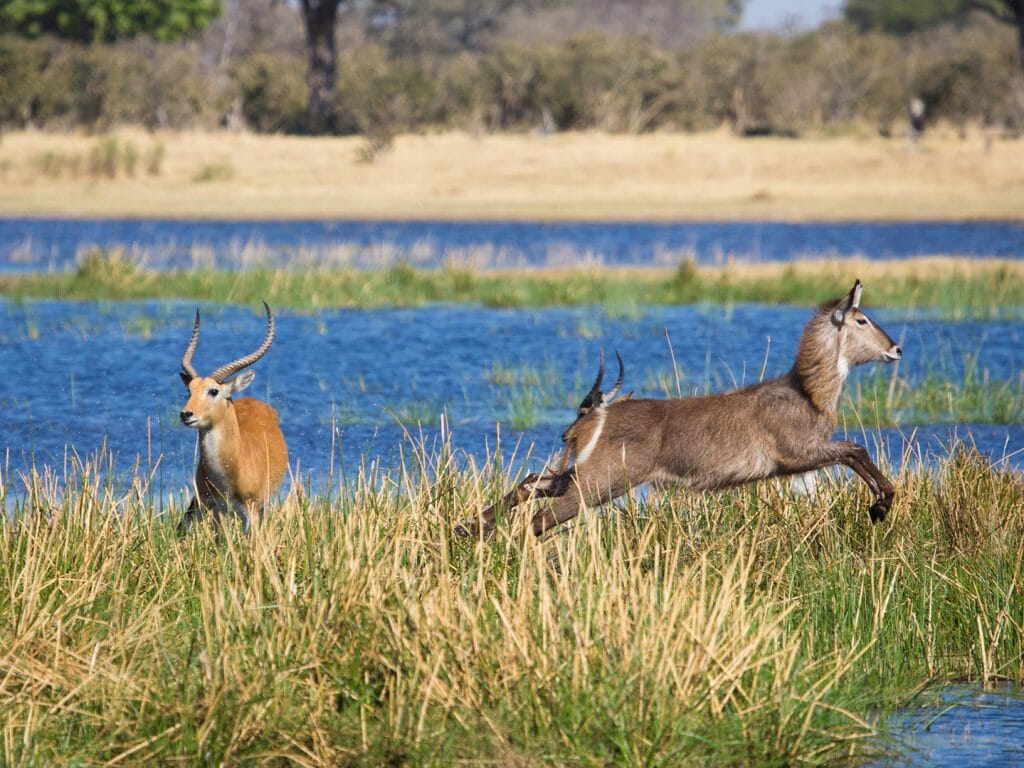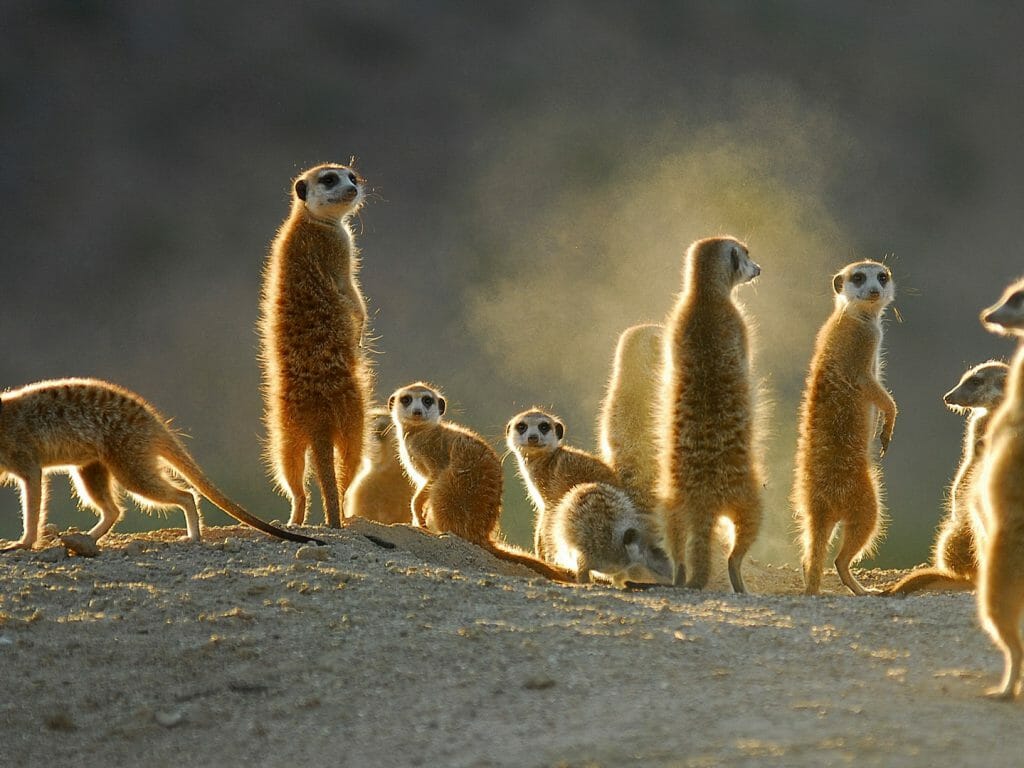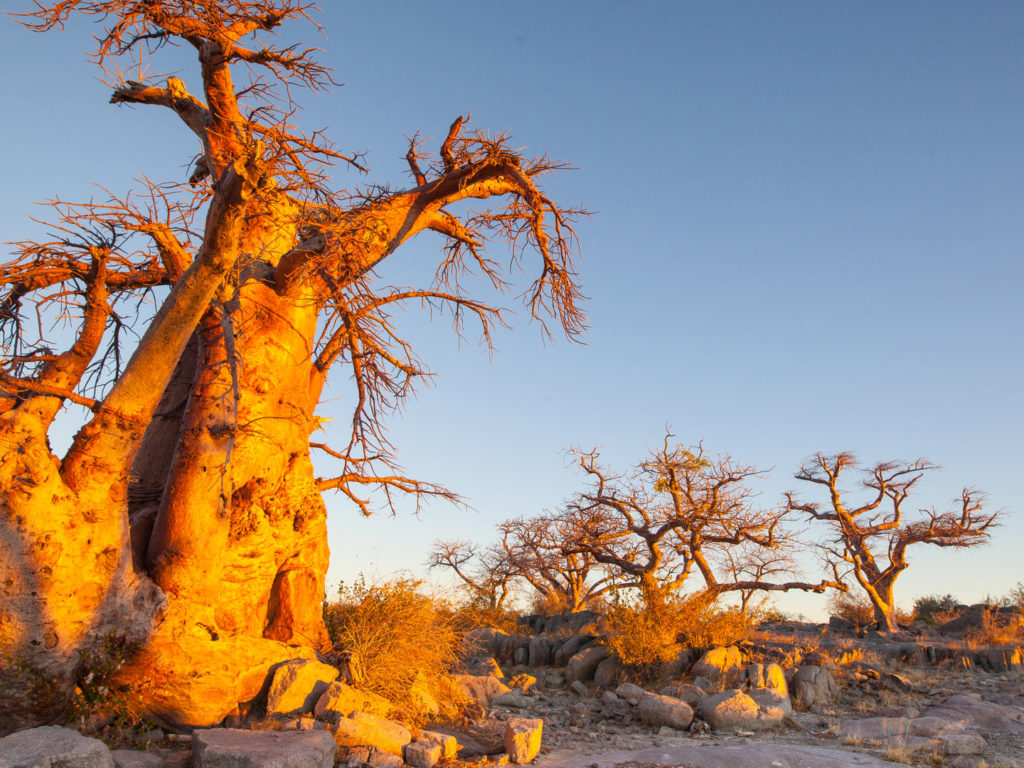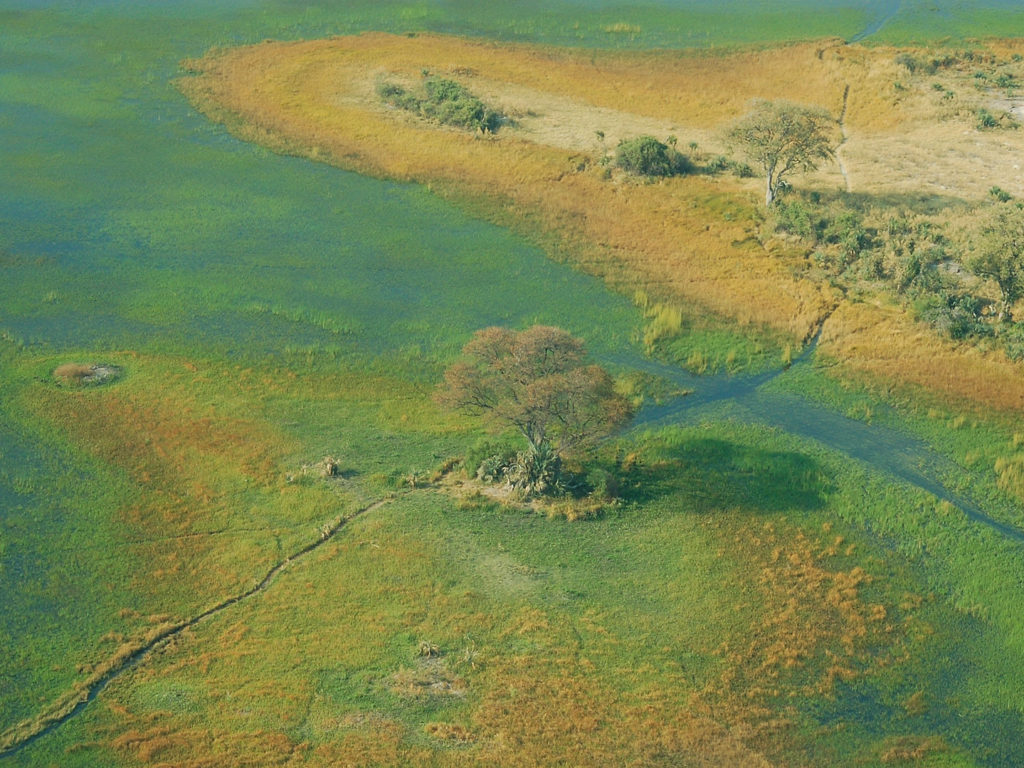Onward to the Delta, and Tuba Tree camp. Another light aircraft hop, this time into a water landing, even toward the end of the dry season. The flora had become more luxuriant and the fauna had expanded to show elephant, impala ( the desert had been populated by Springbok), leopard, Ashanti Lion and a large range of water-based birds. Black-smith lapwing , Wattled crane, Yellow billed stork and Spoonbill are common. The magnificent African Fish eagle also swooped over the channels, an iconic sighting.
Over the next days we followed many herd of elephant with their young, witnessing the playful rivalry, the power as well as the delicacy of the use of their trunks. The dexterity of this apparently clumsy organ was a revelation. Giraffe browsed while being cleansed by red-billed ox-peckers, this bird illustrating one of the many symbiotic relationships seen on this journey. The first sighting of a leopard is always exciting! Here a young male was found having just stored a kill, and cleaning himself while resting in the shade. He then strolled on to perch languidly on a low branch to wait. Again, the apparent natural behaviour one was able to enjoy from such close range from the back of a vehicle, was incredible.
Termite mounds here may take 50-60yrs to develop, sculpted by the rains into Gaudi-like towers. Baboons, that perch on these ‘observation posts’, deposit seeds in droppings which germinate and grow in this fertile ground. So the phenomena of full grown Sycamore Fig and the like emanating from a termite hillock is characteristic of this place.
On return to the camp over two days we pause at a watering hole attracting a wide variety of birds. So many species so tightly packed is a revelation. Saddled billed stork, Squacco heron, Black-winged stilt, African jacana, greenshank, spur-winged geese and the strange shaped Hammerkop to name but a few! Africa is a continent of outrageous perfusion! In the UK for example we have Kingfishers of one type, here they have five varieties, and one the Pied was a constant companion while the Woodland’s melodious call suffused he camp. With the colourful excesses of the Lilac-breasted roller, Little Bee-eaters and crested barbet this is a bird watchers paradise.
Here among the lagoons and rivulets the local canoe or Mokoro is the ideal means of transportation. Polled, like the punts of our university towns, these narrow craft glide through beds of day water lilies and river lettuce and between banks of high grasses where the Jesus bird or Jacana walks on water.
Mr Bishop recently travelled to Botswana, organised by Jackie, and he kindly gave us this insight into his experience of the Okavango Delta .


